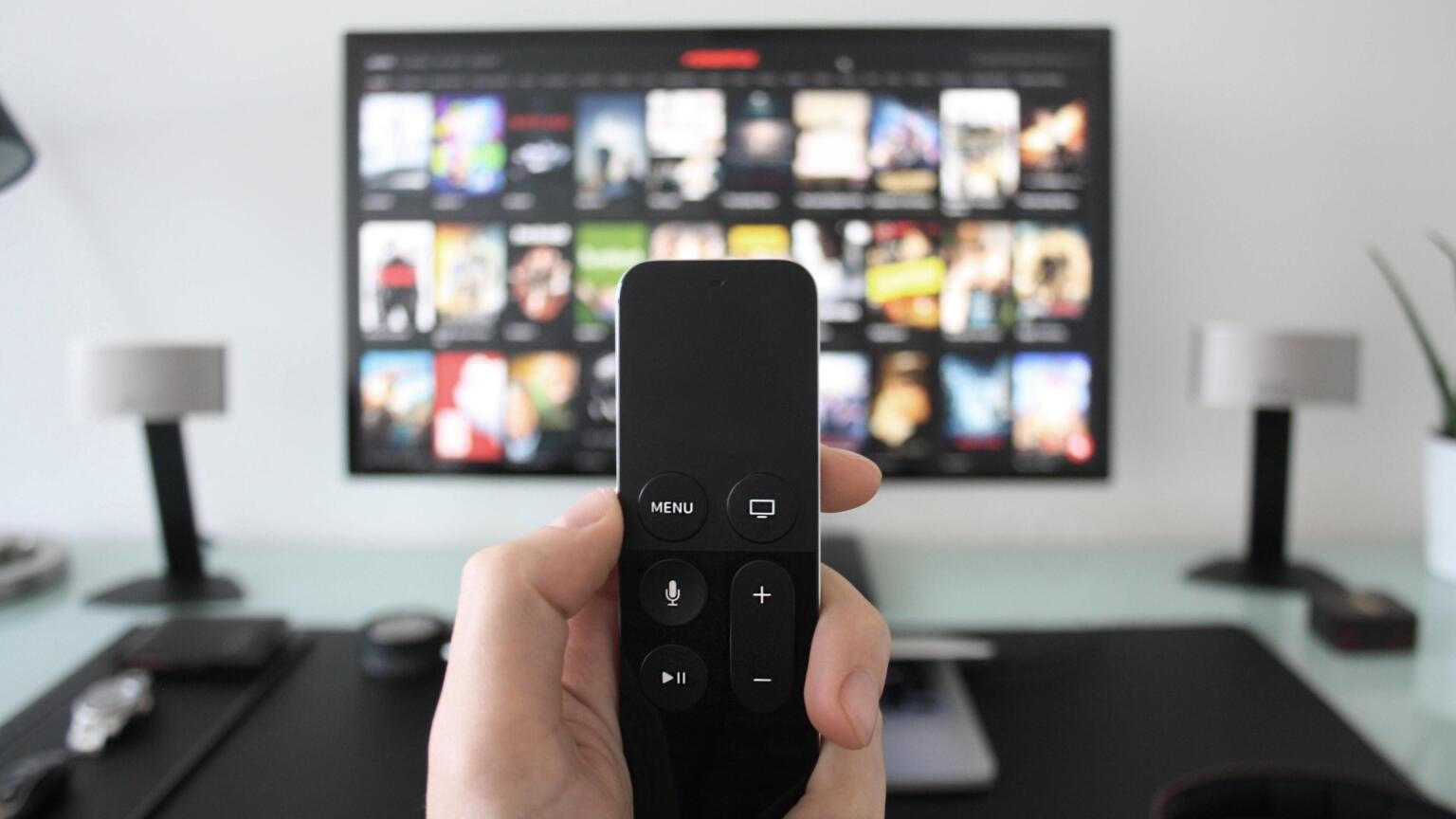
As cord-cutting continues to increase to the point that it is becoming the primary viewing option for a majority of Americans, it is no surprise that the number of streaming services that each household uses is increasing as well.
A new report from Kagan Consumer Insights indicates that as of March 2022, U.S. homes that have internet access averaged using 6.8 video streaming services apiece. While much of the discussion around streaming focuses on the subscription video-on-demand (SVOD) services like Netflix, Disney+, and HBO Max, those types of streamers only make up a little north of 50% of the total number of services being used by American families.
In addition to those premium streamers, consumers are increasingly relying on free platforms, either ad-supported video-on-demand (AVOD) or free, ad-supported TV (FAST) services. Nearly 30% of the average streaming services per household fall into these free categories. This group of streamers also includes YouTube, which is a different type of AVOD. Recently, the legacy video-sharing service has made it easier for people to watch content on smart TVs in an effort to stake out a larger claim in the streaming market.
The third type of streamer that is increasingly popular in U.S. households is social media platforms that feature video, like TikTok and Instagram. Nearly 15% of the services counted per home are social video-sharing sites.

One of the most telling aspects of Kagan’s study was that homes that have cut the cord aren’t the ones turning to the highest number of streaming services. While these households are over the domestic average at 7.1 services apiece, it is actually the homes that still have a traditional multichannel subscription that use the highest number of streamers at 7.6.
It appears that a substantial portion of the services being used in those traditional TV households were a byproduct of early pandemic adoption that has stuck ever since. The 7.6 average in the first quarter of 2022 is a 34.2% increase over the corresponding quarter in 2020. However, it is up just 16.6% since Q1 2021.
Conversely, for cord-cutters, while the 2020-to-2022 jump is at a similar 38.9%, that momentum has been more steadily maintained as their 7.1 streamers represents a 23.6% gain year-over-year.
Unsurprisingly, Kagan’s research indicates that price is likely a factor in the number of streaming services that a household uses regularly. While there had been a bit of a gap between homes with a household income of $50,000 to $99,999 per year and those making more than $100k, that separation has been erased; the lower demo now uses 7.2 streamers compared to the $100k+’s 7.1.
However, the real disparity comes when comparing that to households making less than $50k annually. Those homes average nearly a full service less than their more affluent counterparts, but that hasn’t always been the case. As recently as Q1 2021, the difference between the under-$50k and $50k-$99,999 was a negligible one-third of a service. However, as the middle demo’s streaming usage has ramped up at a rapid pace, the lower one’s hasn’t been able to keep up.

Despite all of the doom and gloom related to its first quarterly subscriber loss in a decade, Netflix is still the most used streaming service, but Prime Video is closing the gap. Both streamers were used by over 50% of domestic households, but their usage is declining as other services continue to grow.
HBO Max, Peacock, Paramount+, discovery+, and Apple TV+ have all seen fairly steady increases since the start of the pandemic, especially considering that a number of them launched in late 2019 or after COVID hit.

Streaming and cord-cutting became popular not only because they provided a cheaper option for consumers to get the entertainment that they were looking for, but also because of the flexibility that those options provided them. As the migration away from traditional TV hastens, which services are used the most — and who uses which ones — is nearly constantly changing. So while the affordability of streaming might not be all that the original cord-cutters had hoped, the ability to pick and choose which services fit our needs has become increasingly important in a world of nearly never-ending options.
